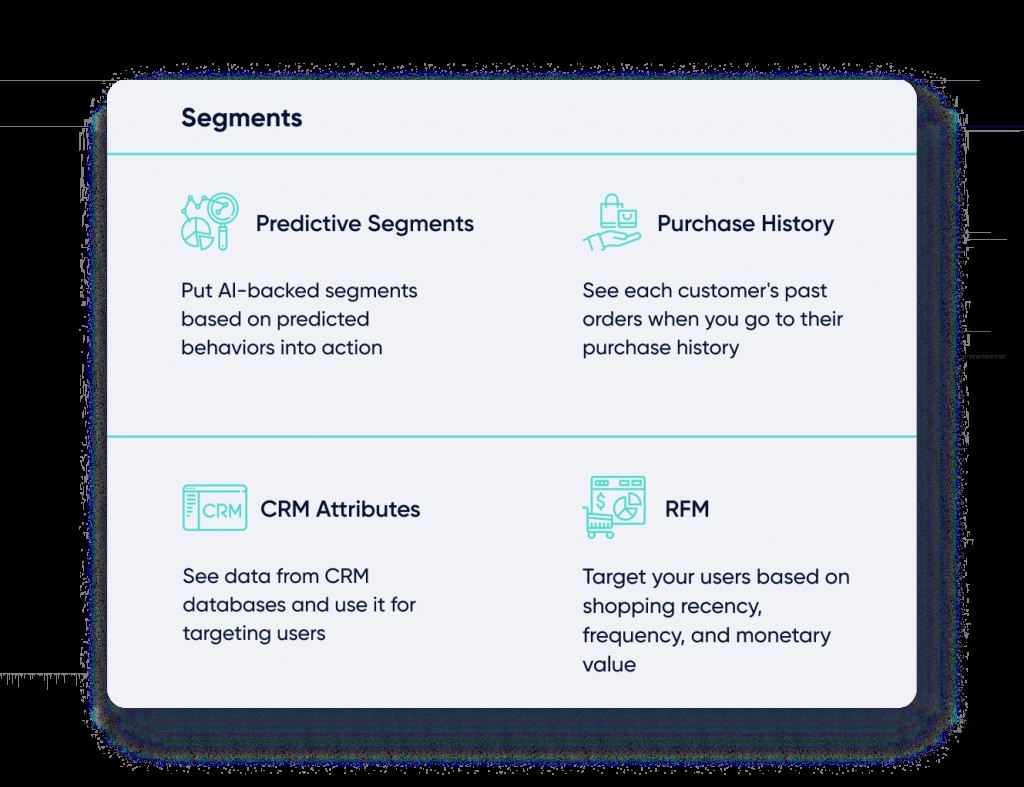Segmentation is a crucial process that involves dividing a broad consumer or business market into sub-groups of consumers (known as segments) based on shared characteristics. These characteristics could include demographics, behaviors, needs, or location. This guide explores the meaning, types, importance, and implementation of effective segmentation strategies.
What is Segmentation in Marketing?
In the realm of marketing, segmentation refers to dividing a large target market into smaller, more homogenous groups based on shared characteristics, traits, or behaviors. This strategic approach allows marketers to better understand the unique needs, preferences, and behaviors of distinct customer groups. By tailoring marketing strategies and messages to each segment, businesses can enhance the effectiveness of their campaigns and optimize resource allocation. Segmentation ensures that marketing efforts are not generic but resonate with specific consumer clusters.
What is Market Segmentation?
Market segmentation entails categorizing a broad market into smaller, more manageable segments. However, these segments are defined by common attributes that influence consumer behavior rather than the behaviors themselves.
For example, a cosmetics company such as MAC Cosmetics might segment its market based on age, skin type, and preferred makeup styles. This segmentation enables the company to develop targeted products and marketing strategies that cater to the unique needs of each segment. Understanding these foundational attributes is key to crafting relevant and impactful marketing initiatives.
What is Customer Segmentation?
Customer segmentation is a refined form of market segmentation, concentrating specifically on categorizing consumers according to their behaviors, preferences, and characteristics. It emphasizes understanding individual customers on a deeper level, enabling businesses to deliver personalized experiences and targeted promotions. Customer segmentation might include:
- Demographic segmentation: Dividing the market based on demographic factors such as age, gender, income, education, occupation, and family size.
- Psychographic segmentation: Categorizing customers based on lifestyle, values, attitudes, interests, and personality traits.
- Behavioral segmentation: Dividing customers based on their purchasing behaviors, usage patterns, brand loyalty, and other actions they take as consumers.
- Geographic segmentation: Segmenting the market by geographical factors such as location, climate, culture, and regional preferences.
- Occasion-based segmentation: Considering the occasions or situations when customers are likely to purchase, such as holidays or special events.
 Segmentation using attributes, including traits, behaviors and preferences.
Segmentation using attributes, including traits, behaviors and preferences.
Why is Segmentation Important?
Segmentation is vital for targeting customers effectively and achieving business objectives. Each customer has unique needs, and delivering relevant content based on these needs is key to driving conversions and boosting customer loyalty.
Here are several reasons why segmenting your customers is essential:
- Personalized Marketing
By understanding the distinct needs and preferences of different segments, businesses can tailor their marketing messages and product offerings for greater impact. Personalized marketing increases engagement and drives higher conversion rates.
- Enhanced Efficiency
Segmentation enables companies to allocate resources more efficiently by targeting segments most likely to respond positively. This avoids wasting resources on uninterested or irrelevant audiences, optimizing marketing ROI.
- Competitive Edge
In a competitive marketplace, businesses demonstrating a thorough understanding of their customers through targeted marketing stand out. In fact, 73% of customers want personalized recommendations—those not doing so risk falling behind. Personalized experiences foster brand loyalty and attract new customers.
- Stronger Communication
When marketing messages are tailored to specific segments, communication becomes more relevant and relatable, fostering a stronger connection between the brand and its customers. Effective communication builds trust and enhances customer relationships.
How to Perform Segmentation Effectively?
Once you recognize the importance of segmentation, it’s time to invest in a segmentation tool so you can carry out the following steps as quickly and accurately as possible.
- Collect Data
Use a customer data platform (CDP) to collect and consolidate data in one place. Segmentation is most effective when you avoid data silos and rely on behaviors from real touchpoints. A unified data view enables more accurate and insightful segmentation.
- Identify Segments
Analyze the collected data to identify commonalities among consumers. These commonalities can be demographic (age, gender, location), psychographic (lifestyle, values), or behavioral (purchase habits, brand interactions). Data analysis is crucial for uncovering meaningful customer segments.
- Create Profiles
Develop detailed profiles for each segment, outlining their traits, behaviors, and preferences. These profiles will guide your marketing strategies and ensure targeted messaging. Comprehensive profiles help tailor marketing efforts effectively.
- Prioritize Segments
Determine which segments are most valuable and align with your business goals. Some segments may have more growth potential or higher profit margins. Prioritizing segments optimizes resource allocation and maximizes ROI.
- Tailor Marketing Efforts
Craft targeted cross-channel campaigns, content, and product offerings that address each segment’s specific needs and interests. Tailored marketing efforts resonate more deeply with customers and drive engagement.
- Test and Refine
Monitor the effectiveness of your marketing campaigns by tracking metrics such as engagement, conversion rates, and sales. Refine your strategies based on the results. Continuous testing and refinement ensure optimal marketing performance.
Ready to get started with segmentation? Insider offers over 120+ attributes so you can build the most effective segments for your business goals. Get started today with a quick demo.